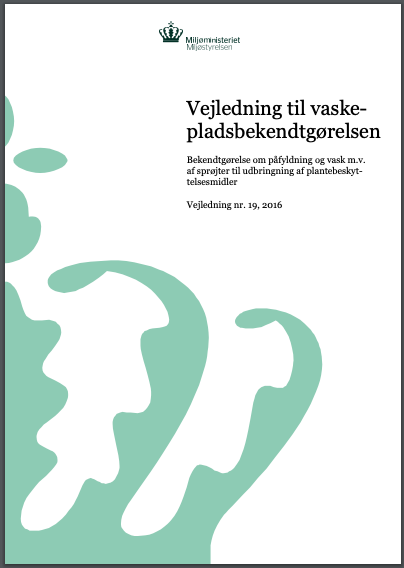Chemycal has been acquired by 3E
Learn MoreChemycal has been acquired by 3E
Learn MoreDiscover how Chemycal PRO helps you boosting your regulatory monitoring:

SUMMARY
The filling of plant protection products in field sprayers and knapsack sprayers may only take place in an area equipped to collect spills and wash water, or in the field immediately before treatment.
The spraying equipment shall be cleaned in a specially equipped area, or the system may be rinsed in the field and the residue sprayed on the field in a manner consistent with the intended use of the product.
The filling and cleaning of greenhouse sprayers shall also take place in an area where collection of rinsing water can take place, or in the greenhouse where the plant protection product has been used.
In order to minimise the risk for contamination of ground water, aquatic or terrestrial environments during filling and cleaning of sprayers, a number of regulations are imposed on the spraying equipment and the cleaning area, including distances from that area to surface water and bored wells.
Sprayers exceeding certain size limits must be filled through induction bowls with a container rinsing facility. A tank with rinsing water and rinse nozzles must be available, so that any spray residue can be diluted and the solution then applied to the area just treated with pesticides. However, the maximum application rate, as prescribed on the label of the product, must not be exceeded. The concentration of diluted spray solution after rinsing must be less than one part of the spray mixture concentration to fifty parts of diluted solution.
Similarly, the residual spray mixture in greenhouse and knapsack sprayers must be diluted and applied to the area just treated.
The dosage of plant protection product applied may never exceed the dose prescribed on the label and in the instructions for use of the product, including the spreading of diluted mixture after rinsing.
The tap from which the sprayer is filled with water must be equipped with a back siphoning valve or other protection in order to prevent any back siphoning from the spray tank.
The water amount must be regulated by a water meter or a similar appropriate for preventing any overflow from the spray tank. Wash water from a cleaning area must be collected in a slurry tank or a watertight container situated above ground.
If not classified as dangerous waste, wash water may be applied to arable fields according to the specific guidelines for application of slurry.
These guidelines will also provide help for determining the size of area needed for discharging pesticide residues as well as appropriate methods of application.
CONTINUE READING ON mst.dk (Automatically translated from Danish)
2013 © MyChemicalMonitoring. ALL Rights Reserved. About Us | Terms and Conditions